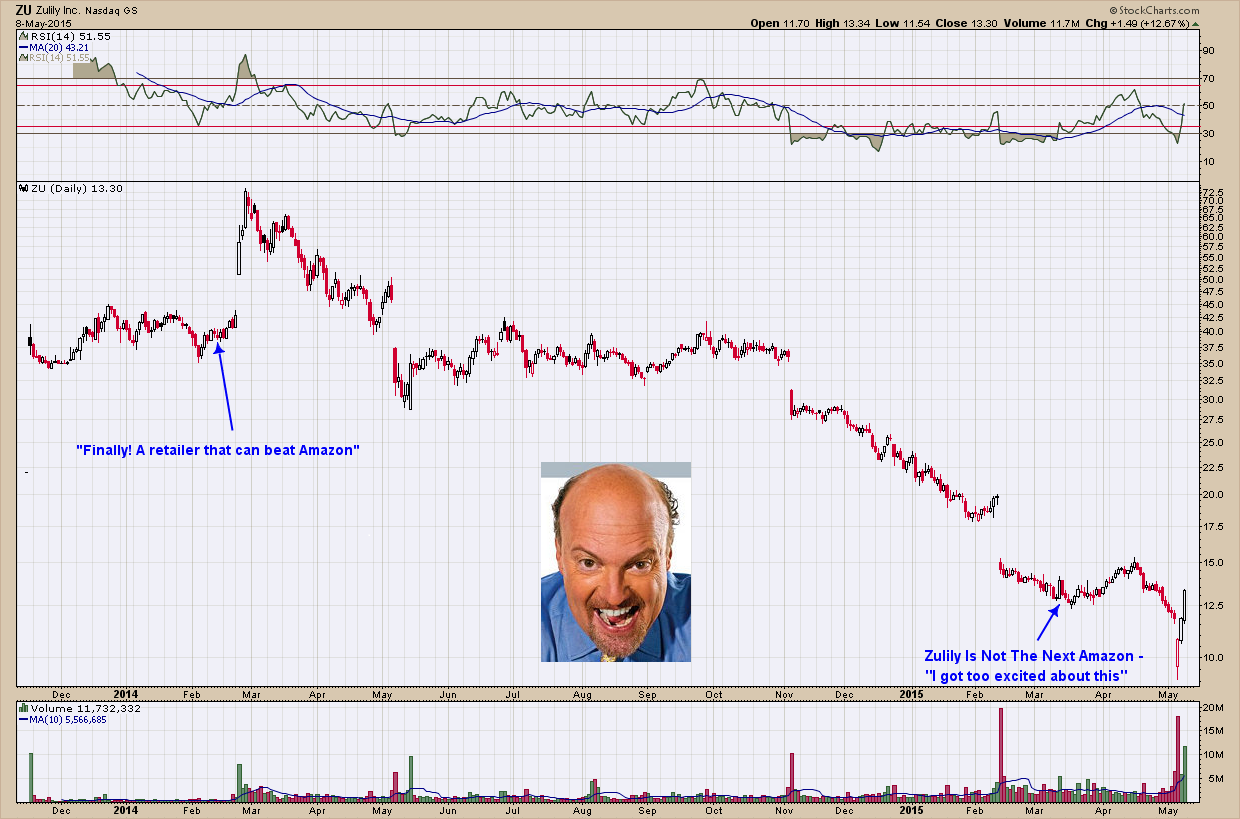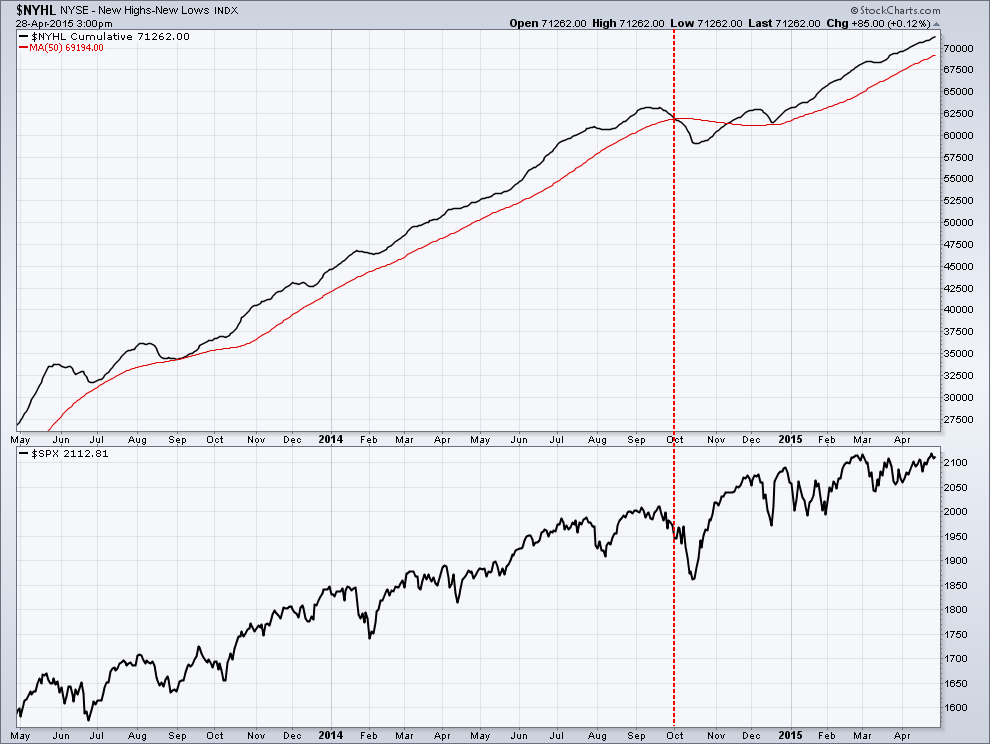I have had a number of inquiries and it’s been a while since I have looked in on the shiny metal so I thought I would give a quick update on what the charts are saying right now. Unfortunately, it is screaming weakness. As you can see in Silver’s chart below, price is still below the red downtrend resistance line and its 200 day moving average. It has been consolidating from its downward break out of last September’s consolidation finding support near the $15.25 level. Notice too, the similarity of the two consolidation periods as each successive bounce higher off of (black horizontal) support has created a lower high. This is very bearish as it shows the buyers who step in have waning strength. Now is a good time to remind readers the more times price of an investment touches a level, the higher the probability it will eventually break through that level. This goes for both prices that are trending higher and finding resistance and lower, finding support.
It seems likely we chop around here for a bit more before Silver has to show its hand on which way it wants to go. Based upon all the unfavorable chart indicators combined with the fact the current trend is down, I favor a move to the downside. If that occurs, my projected target for a break below current support would be just under $12/oz.
The precious metals market is one volatile animal and not for the feint of heart. If I were an investor in silver here (and I am not), I would be watching the lower $15.25 support line closely as a breach of that would tell me a rapid decline to the next support level (~$12) is likely in the cards.






